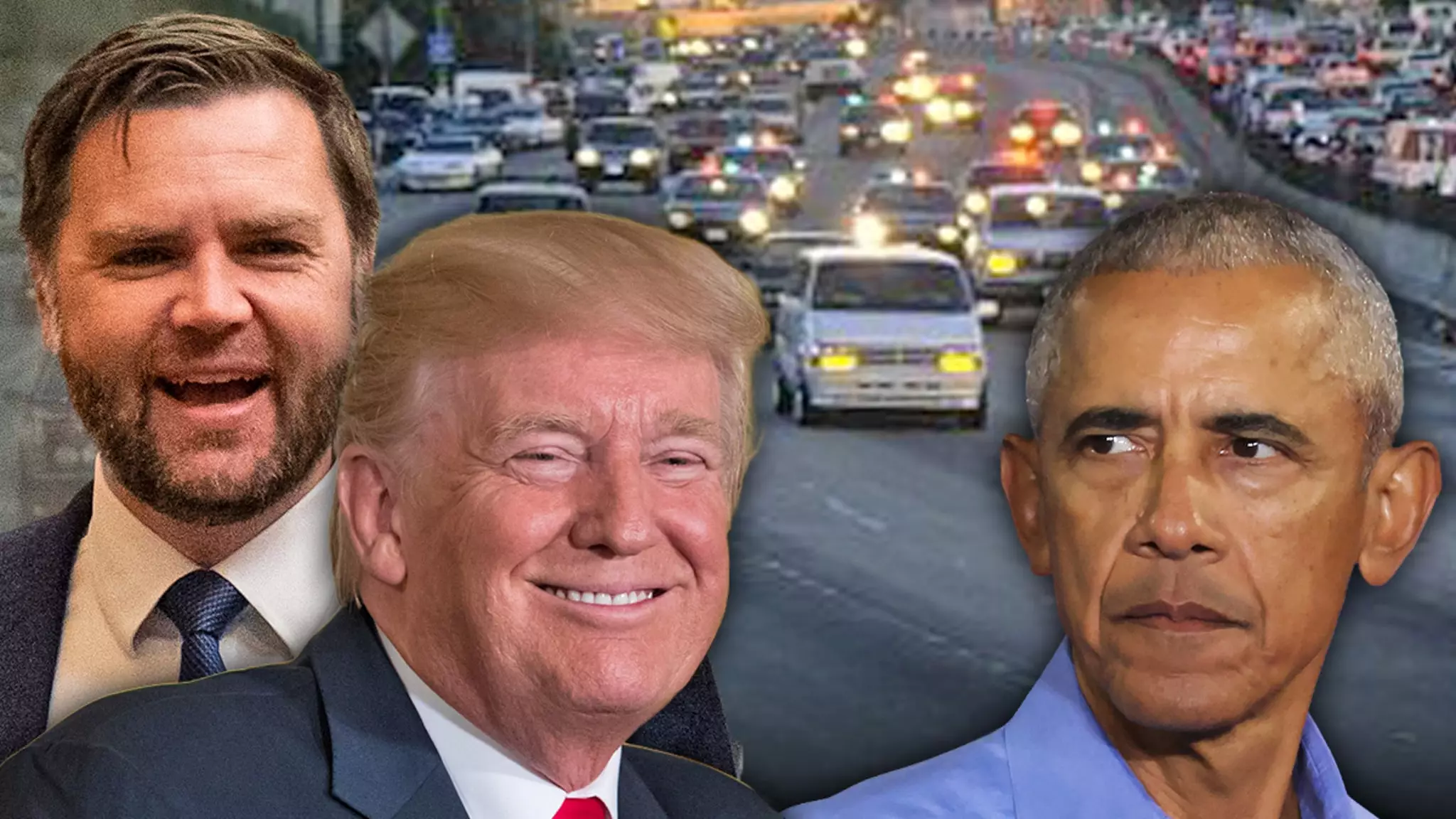In today’s polarized political climate, the strategic deployment of imagery often surpasses traditional rhetoric in shaping public opinion. The recent social media post by President Trump exemplifies this shift, using a provocative meme to evoke emotional reactions and dominate the narrative battlefield. By photoshopping his face into an infamous police chase scene from 1994, Trump taps into a cultural iconography that resonates deeply with American audiences familiar with the O.J. Simpson case. This deliberate use of a recognizable visual connected to a moment of national controversy transforms a simple meme into a potent symbol of confrontation, ridicule, and perceived political dominance. It blurs the lines between satire and propaganda, showcasing how images can serve as weapons in the ongoing war of narratives.
Weaponizing Controversy: The Underlying Message
The meme’s underlying message is layered with layers of political subtext. It juxtaposes figures of power—Trump, Vance, and Obama—within a scene that symbolizes chaos, pursuit, and accountability. Trump’s face in the police car, paired with the pixelated “babyface” meme of Vance, subtly mocks both the individuals and the ongoing scrutiny they face. The choice to include Obama in the original scene implicitly positions him as a figure of scrutiny or pursuit, echoing the Trump administration’s narrative that Obama’s era was marred by scandal or misconduct. In essence, the meme becomes a visual argument: it suggests that opposition figures, whether it’s Democrats or their allies, are chasing shadows or are caught in a never-ending race of political accountability.
The Power and Pitfalls of Digital Discourse
While this meme may rally supporters, it also exposes the perilous nature of digital discourse. The meme’s humorous veneer masks deeper political strategies rooted in manipulation, distraction, and spectacle. It exemplifies how political figures leverage virality and shock value over substantive debates, often leading to polarized echo chambers. Furthermore, the smirking tone and insouciant humor reflect a broader trend: the erosion of decorum and seriousness in political communication. The meme not only trivializes complex issues—such as allegations of election interference and foreign disinformation operations—but also risks dehumanizing opponents. It becomes a battleground for perceptions, where the art of visual storytelling can undermine nuanced discussion, replacing it with meme wars that perpetuate division.
Reflecting on the Cultural Impact
Ultimately, this meme underscores a fundamental shift in political strategy—one that relies heavily on cultural symbolism and digital savvy. It illustrates how modern political combat is less about policies and more about controlling narratives through emotionally charged images and viral content. While such tactics may be effective in rallying base supporters, they also threaten to reduce serious discourse to spectacle. As political actors continue to harness the power of visual rhetoric, society must grapple with the implications: Are we advancing meaningful accountability, or merely indulging in a digital carnival of distraction? The answer lies in our ability to critically evaluate and move beyond the memes that so easily capture the collective imagination.

